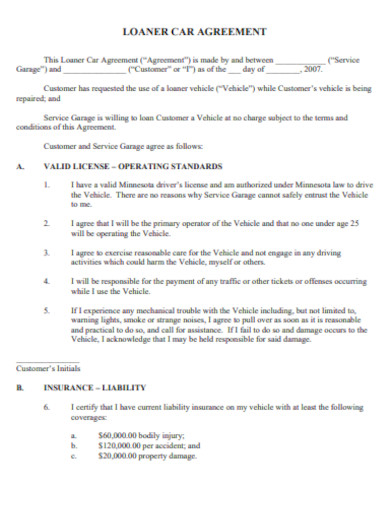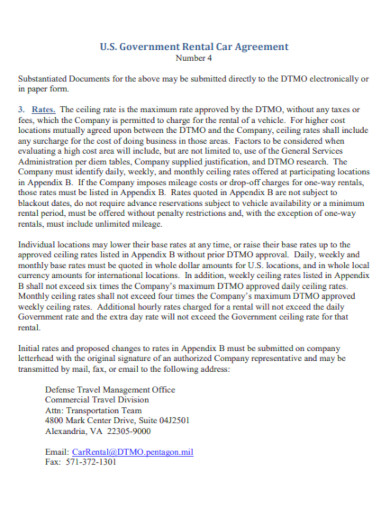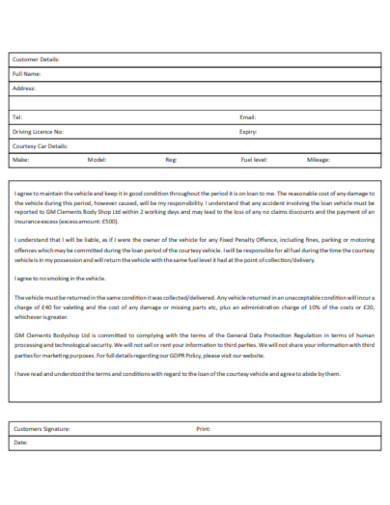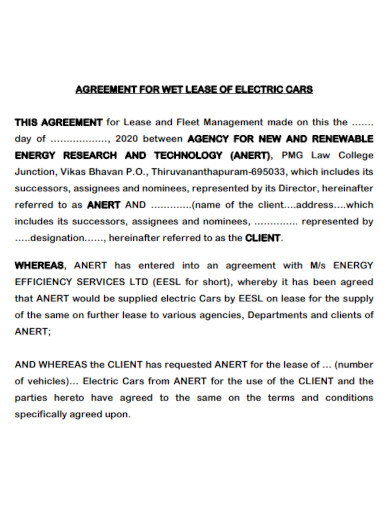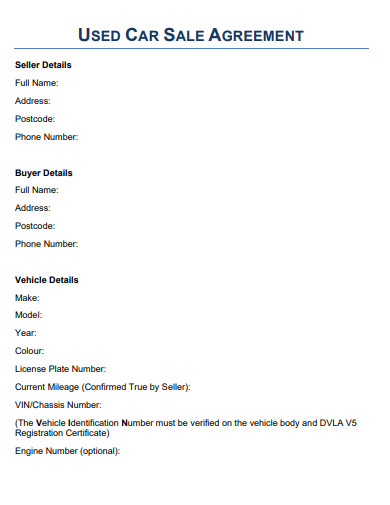Embarking on a car purchase or sale requires a solid Car Agreement to ensure a smooth transaction. This essential document sample outlines the terms, ensuring both buyer and seller are on the same page. A well-crafted Car Agreement template safeguards your interests, detailing the vehicle’s condition, price, and obligations of each party. Whether it’s a sleek sedan or a rugged SUV, our templates cater to every transaction, providing clarity and legal protection for a hassle-free deal.
10+ Car Agreement Samples
1. Sample Car Rental Agreement Template
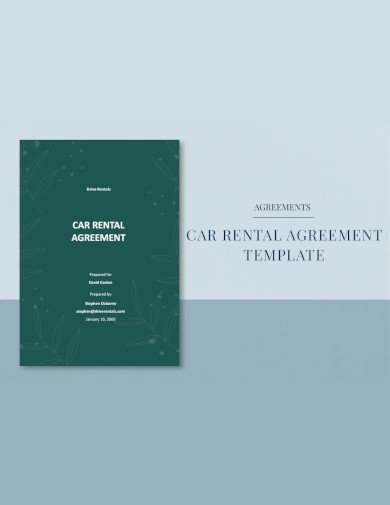
2. Sample Car Sale Agreement Template
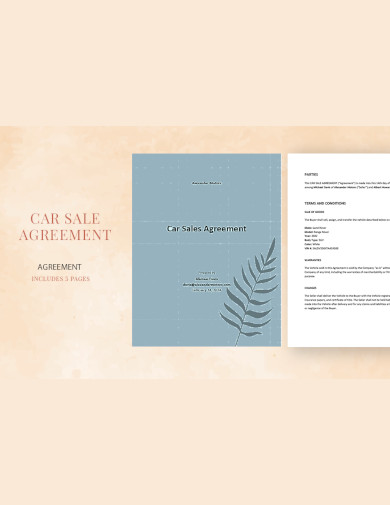
3. Sample Car Lease Agreement Template
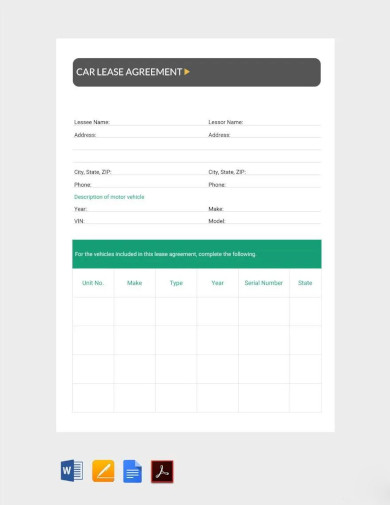
4. Sample Car Purchase Agreement Template
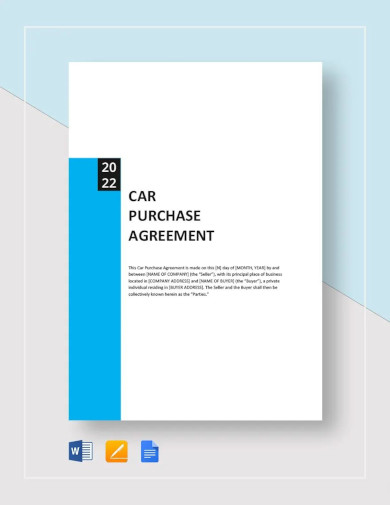
5. Sample Car Payment Plan Agreement Template

What is a Car Agreement?
A car agreement, often referred to as a car sale or lease agreement, is a legally binding document that outlines the terms and conditions of the sale or lease of a vehicle. This contract is crucial as it protects the rights of both the buyer and the seller, or the lessee and the lessor, by ensuring that all parties are clear about the details of the transaction.
The Essence of a Car Agreement
A car agreement, also known as a vehicle purchase agreement or car sale contract, is a formal, written document that records the details of the transaction between the buyer and the seller. It serves as a proof of purchase and outlines the rights and responsibilities of each party.
Understanding the Components of a Car Agreement
When entering into a car agreement, it’s essential to understand its components. The agreement typically includes the following:
- Parties Involved: This section identifies the seller and the buyer, or the lessor and lessee, including their full names and contact information.
- Vehicle Description: Detailed information about the car, including make, model, year, color, VIN (Vehicle Identification Number), and mileage.
- Terms of Sale or Lease: This outlines the agreed-upon price, payment schedule, and any deposit required. For lease agreements, it includes the lease term, monthly payments, and mileage limits.
- Warranties and Representations: The seller’s guarantees about the vehicle’s condition and history, such as being free from liens and not being involved in significant accidents.
- Condition of the Vehicle: A statement detailing the current condition of the car, often accompanied by an inspection report.
- Closing Details: Instructions on how and when the title and possession of the vehicle will be transferred.
The Importance of a Car Agreement
Having a car agreement is not just a formality; it serves several important functions:
- Legal Protection: It provides legal recourse in case of disputes or if either party fails to meet their obligations.
- Clarity of Terms: It ensures that both parties have a clear understanding of their rights and responsibilities.
- Evidence of the Transaction: It acts as proof of purchase or lease and can be used for tax and registration purposes.
Key Elements of a Car Agreement
A comprehensive car agreement typically includes the following elements:
- Introduction of Parties: This section identifies the buyer and the seller, providing their full legal names and contact information.
- Vehicle Details: Essential information about the vehicle is listed, including make, model, year, color, VIN, and an accurate reading of the odometer.
- Sale Terms: The agreement specifies the purchase price, payment method (such as cash, financing, or a combination), and any deposit made or required.
- Warranties and Representations: The seller’s warranties regarding the vehicle’s condition and history are detailed here. It may also include any representations about the car being free from liens or encumbrances.
- Condition of Sale: This clause addresses whether the vehicle is sold ‘as is’ or under certain conditions that the seller must meet, such as passing a smog check or providing a recent service record.
- Disclosure of Liens: The seller must disclose any known liens on the vehicle, which must be cleared before or at the time of sale.
- Delivery and Acceptance: The terms under which the vehicle will be delivered to the buyer and the point at which the buyer will take possession are outlined.
- Closing Details: Instructions for the finalization of the sale, including the transfer of title and registration, are provided.
- Signatures: The document concludes with a space for both parties to sign and date, indicating their sample agreement to the terms.
The Process of Creating a Car Agreement
Drafting a car agreement involves several steps to ensure that the document is thorough and legally binding.
- Preparation: Begin by collecting all necessary information about the vehicle and the terms of the sale.
- Drafting: Write the agreement, including all the key elements mentioned above. Use clear, concise language to avoid misunderstandings.
- Review: Both parties should review the draft to ensure accuracy and completeness. It’s often recommended to have a legal professional look over the agreement.
- Amendments: Make any necessary changes or additions as agreed upon by both parties.
- Finalization: Once the agreement is finalized, both parties should sign and date the document in the presence of a witness or notary public, if required.
- Copies: Distribute copies of the signed agreement format to both the buyer and the seller for their records.
Legal Considerations and Compliance
It’s crucial that a car agreement complies with all relevant laws and regulations. This includes state-specific requirements for vehicle sales, such as emissions standards, safety inspections, and disclosure of the vehicle’s condition. You can also see more templates like Car Sale Agreement Samples.
The Role of a Car Agreement in Financing and Insurance
When financing a vehicle, lenders often require a copy of the car agreement to confirm the terms of the sale. Similarly, insurance companies may request this document to establish the insurable interest of the buyer in the vehicle.
Finalizing a Car Agreement
Before finalizing a car agreement, it’s advisable to take the following steps:
- Inspection: Have the vehicle inspected by a qualified mechanic to ensure it’s in the condition stated in the agreement.
- Documentation: Ensure all the necessary documents, such as the title and maintenance records, are available and accurate.
- Legal Review: Consider having the agreement reviewed by a legal professional, especially for more complex transactions. You can also see more templates like Vehicle Sales Agreement Samples.
6. Sample Courtesy Car Agreement Template
7. Sample Loaner Car Agreement Template
8. Sample Government Rental Car Agreement Template
9. Sample Fillable Car Agreement Template
10. Sample Electric Cars Agreement Template
11. Sample Used Car Sale Agreement Template
How do I Make a Car Agreement?
Creating a car agreement is a critical step in ensuring a transparent and legally binding contract transaction between a buyer and seller or a lessee and lessor. Here’s a step-by-step guide to formulating a comprehensive car agreement:
Step 1: Gather Necessary Information
Before drafting the agreement, collect all pertinent details, including:
- Personal information of both parties (names, addresses, contact details)
- Vehicle specifics (make, model, year, VIN, current mileage)
- Terms of the sale or lease (price, payment plan, deposit, lease duration)
- Any warranties or representations
Step 2: Draft the Agreement
Begin with a clear title, such as “Car Sale Agreement” or “Vehicle Lease Agreement,” and proceed with the following sections:
- Introduction of Parties: Clearly state the names and roles of the individuals or entities involved in the transaction.
- Vehicle Description: Provide a detailed description of the car to avoid any confusion about what is being sold or leased.
- Terms and Conditions: Outline the financial aspects, including sale price or lease payments, down payment, and payment schedule.
- Warranties and Disclosures: Disclose the vehicle’s condition and any warranties being offered. If the car is being sold “as is,” specify this clearly.
- Signatures: Leave space at the end of the document for both parties to sign and date, which will execute the agreement.
Step 3: Review Legal Requirements
Ensure that the agreement complies with state and local laws, which may dictate specific terms or disclosures that need to be included.
Step 4: Finalize the Agreement
Review the draft for accuracy and completeness. Both parties should read the agreement carefully. It’s often advisable to have a legal professional review the document.
Step 5: Sign and Notarize
Once both parties agree to the terms, sign the document. Although not always required, notarization can add an extra layer of authenticity to the agreement.
Step 6: Exchange Funds and Keys
After the agreement is signed, the buyer should pay the agreed-upon amount, and the seller should hand over the keys and vehicle documents, such as the title and service records.
Step 7: File the Necessary Paperwork
Finally, ensure that the sale is recorded with the appropriate government agency, like the DMV, and that the vehicle’s title is transferred to the new owner. You can also see more templates like Vehicle Exchange Agreement Samples.
What is an Option Agreement when Buying a Car?
An option agreement when buying a car is a sample contract where the seller gives a potential buyer the right to purchase the vehicle at a specified price within a set time frame. The buyer pays for this option, and if they decide to buy the car, the option fee is typically applied to the purchase price. If the buyer chooses not to buy, they lose the option fee. This agreement allows the buyer time to decide or secure financing without the risk of the car being sold to someone else.
In Conclusion, a car agreement is a cornerstone document in any vehicle transaction. It ensures that all parties are aware of their commitments and provides a safeguard against potential disputes. Whether you’re buying, selling, or leasing a car, a well-crafted car agreement is an essential tool for a smooth and transparent deal.
Related Posts
FREE 10+ Mentoring Agreement Samples In MS Word | Apple Pages | PDF
FREE 10+ Partner Agreement Samples In MS Word | Google Docs | Apple Pages | PDF
FREE 10+ Individual Agreement Samples In MS Word | Google Docs | Apple Pages | PDF
FREE 10+ Strategic Agreement Samples In MS Word | Google Docs | Apple Pages | PDF
FREE 10+ Equity Agreement Samples In MS Word | Google Docs | Apple Pages | PDF
FREE 10+ Producer Agreement Samples in MS Word | Apple Pages | PDF
FREE 10+ Grant Agreement Samples In MS Word | Apple Pages | PDF
FREE 8+ Meeting Agreement Samples in MS Word | Google Docs | Apple Pages | PDF
FREE 10+ Community Agreement Samples In MS Word | Google Docs | PDF
FREE 8+ Real Estate Option Agreement Samples in MS Word | PDF
FREE 10+ Call Option Agreement Samples In MS Word | PDF
FREE 10+ Advertising Agreement Samples In MS Word | Google Docs | Apple Pages | PDF
FREE 10+ Horse Agreement Samples In MS Word | Apple Pages | PDF
FREE 10+ Option Agreement Samples In MS Word | Google Docs | Apple Pages | PDF
FREE 9+ Project Management Agreement Samples in DOC | PDF


